Subscribe for Access
Understand the perspective of revenue leaders about partnerships and discover actionable strategies to strengthen your relationships with Sales.

“We don’t have executive buy-in.”
If you find yourself saying this as a Partnership leader, you’re not alone.
You may not be wrong either, but simply pointing it out won’t get you anywhere. It’s time to better understand the problem and the perspective of CROs, VPs of Sales, and other Revenue leaders. Because the only way to drive revenue with nearbound GTM is together with your Revenue leaders.
Many CROs still think of partnerships as “The kid sibling their parents are forcing them to take to the party,” as Simon Bouchez recently said in his “Open Letter to Partnerships, From Sales.”.
But why? Revenue leaders are aware of the problems. They know that outbound and inbound are weaker every day. They are nearbound curious—seeing the value in reaching buyers through those who surround them.
It’s getting easier to implement too. They have a wealth of data they can leverage and simple processes they can use through tools like Reveal and your CRM.
Yet the vicious Partnerships vs Sales story persists.
The disconnect between Sales and Partnerships
The “beef” between Sales Leadership and Partnerships is a major problem, not just for PMs, but also for companies at large. Companies are leaving a lot of revenue on the table by not addressing and minimizing the gap between Revenue and Partnerships.
But unless your CRO is already partner-pilled, they aren’t going to do the work of bridging that gap. They have too much on their plate, they have an entire revenue org to manage and quotas to meet.
It’s up to the Partnership Managers to prove value and impact in the language that matters most to revenue leaders to create change.
Straight from the CRO’s Mouth
So, with this in mind, what’s step #1?
Learn the language, learn the problems CROs and VPs of Sales face, and learn what they think of you so you can get ahead of it.
And learn it directly from the source.
We interviewed six stellar Revenue, Sales, and Business Development leaders to help Partner Managers build better relationships with their Sales organizations:
- Greg Theriault, Director of Strategic Clients at Alteryx
- Latané Conant, CRO at 6sense
- Liz Christo, Partner at Stage 2 Capital
- Vaughn Mordecai, CRO at Mindmatrix
- Maya Connet, VP, Inside Sales at Clari
- Alper Yurder, Co-founder and CRO at Flowla
Some of them are all-in on partnerships, some of them are on the fence. But all of them have thoughts Partner Managers can learn from to change the tired story tainting Revenue orgs, and to be proactive in the problems you might face with your Sales team in the future.
Here are some of the key points we pulled from these conversations.
Feedback #1: Partner teams are doing too many things at once
Consultant, educator, and author Peter Drucker once famously said, “Efficiency is doing things right; effectiveness is doing the right things.” The goal is for Partner teams to be both efficient and effective—but from where CROs are sitting, many are failing at both.
How? By trying to do too many things at once, and at the wrong times.
“Partnerships go too fast and in too many directions. When you slow down and focus, you see the impact. Stop changing directions so much. You have to let things evolve for at least a year, including pay structures.” — Greg Theriault
Almost every CRO interviewed said the same thing. Sales can’t benefit from Partnerships if:
- The goals aren’t clear and aligned with business objectives
- The program keeps changing
- The program consists of a ton of weak, hardly used relationships vs a few high-quality partnerships
- The Partner Manager hasn’t taken the time to nourish key relationships
“I’m a firm believer in this sort of nearbound approach. But if you have the feeling that you’re just going to kind of walk up and treat all of your partners with a partner program that gives some amount of money and they just come to you. It’s not a field of dreams. It’s a heavy slog and you have to really know what your partner ecosystem looks like so that you can actually make the most of what you have there.” —Vaughn Mordecai
Sales leaders want to benefit from the partnerships you’re building, but they can’t if the foundation is shaky. Metrics like “number of partners” are essentially useless if 1) you’re not building strong, mutually beneficial relationships, and 2) your company is not ready to handle a large ecosystem.
“I worked with a company several years ago who was so fixated on their partner channel early on that all they wanted to do was set a target for how many new partners they onboarded. I remember sitting in the boardroom and them saying, ‘We have 450 partners,’ and I was like, ‘How many of them have ever referred a deal?’ It was sub 10% of them. And then you ask how many of them have referred five deals, and it was one percent of them. So, when you think about it that way, you’re spending all of your time on partners that aren’t contributing, and you aren’t giving any energy to the ones that could actually scale with you. It’s why prioritization is really critical.” —Liz Christo
How to action this feedback:
- Get crystal clear on your key objectives.
- Know which partners will help you reach those objectives—and best support your customers—and stick to them.
- Don’t be tempted to go after every type of partner or big logo that comes your way.
- Be honest about what your team and company can handle.
Feedback #2: Partner teams aren’t focusing on the right goals
Metrics and goals might be one of the trickiest topics in partnerships. There’s an ongoing debate about what Partner teams should be focused on to drive impact. But regardless of what camp you’re in, it’s important to hear what CROs have to say about what goals they think you should be going after.
First up: don’t fall into the partner-sourced revenue trap.
Next, be sure you’re setting realistic expectations and having the conviction to push back against unrealistic goals set for your team.
“For partner leaders who are respected, what are they doing differently? They are setting really clear expectations. Too often, I see people put a really big revenue target on new programs for the first year that it’s in operation. It’s so rare that a nascent partner channel contributes real revenue in the early days. If you start out by telling the Revenue leader, ‘You’re gonna get 10 or 15% of revenue from this Partnership,’ and then it doesn’t deliver, the entire channel gets discounted in her mind and she assumes it’s not working. But if you start it off with, ‘We’re gonna engage 20 Partners. We’re gonna spend the next quarter figuring out which five of them to invest in. Then we’re going to take those five and we’re going to embed them in x, y, z processes,” and set really clear milestones that are moving towards a revenue contribution figure over time, you can build credibility over time.” — Liz Christo
Lastly, be sure that any goal you’re going after is directly linked to top-line Revenue and business objectives.
“Partner teams have to stop operating in silos. Defining their strategy and objectives without aligning those to the go-to-market teams is something I’ve seen happen so many times. They’re creating their objectives and OKRs for the year and not cross-referencing that with Sales and the rest of the revenue. They’re focusing on areas that aren’t a focus for the rest of the company. Check-in with Sales goals quarterly and align your own. And then, be metric-driven, just like the rest of the revenue org. Nowadays, data-driven decisions are how you win and how you get more resources. And so the more they can come to the table saying, ‘Hey, we, for example, impacted 41 % of new logo business by sourcing and or influencing opportunities in the last 24 months,’ that then gets all of the leadership, executive team, board, even down to the individual sellers on board and committed to partnering closely with the partner ecosystem team.” — Maya Connet
How to action this feedback:
- Make sure you’re working with leadership to set realistic goals.
- Ensure that your goals are aligned with top-line revenue objectives, and communicate how they are with the right people.
- Keep communicating. Track and explain the progress on your goals with your Revenue leaders.
Feedback #3: Partner teams don’t have the right tools & enablement
Partner teams have been behind other GTM teams on the operations and enablement front, and CROs have taken notice.
Not only do Partnership leaders need to prioritize setting up the systems for enabling their internal and partner teams, but they also need to prioritize the tools and operations that will enable them to drive the results they set out to achieve.
“There’s only so much Partner Managers can accomplish if you don’t establish the right processes around partnerships. They will be wildly inefficient if they don’t have the right setup. For example, is your CRM tracking partnership activity? It’s not about the size of your Partner team. It’s about the infrastructure. Partner operations isn’t an extra—it drives the process.” —Latané Conant
How to action this feedback:
- Create enablement materials for partners based on your shared value proposition. Teach them how to best help buyers and customers.
- Build internal enablement for your sellers. How can they use partners and partner data in their sales cycles? How does this fit into their current processes (or not)?
- Use a tool like Reveal, as Vaughn and Latané have, to set up an infrastructure for both Partner and Sales teams for using and tracking ecosystem data in their CRMs.
Feedback #4: Partner teams don’t have the right relationships and/or structure
Partners teams often work in silos, and everyone feels the impacts of it.
But to make partnerships an overlay in every department, rather than an isolated department on its own, you have to make sure you are connecting the right people.
“I firmly believe that the first thing they need to do is to build that relationship with the CFO so that they aren’t being viewed quite so binary; sales - no sales or margin - no margin. It’s not revenue—or not revenue at the very beginning. It’s a conversation with a plan, it’s a discourse at the very beginning, as opposed to a line item on a spreadsheet or financial statement. It makes it easier to get the resources and time you need to get those early wins.” —Vaughn Mordecai
And it’s not just about making nice with the folks that write the checks. It’s about getting your top leadership to fully comprehend the long-term value you’re trying to drive through partnerships. Doing so can help shift the very DNA of the company, even down to where your team will sit in the organization.
“Partnerships are important to GTM. I think what’s even more important is that they should be in the same revenue org. They shouldn’t be standalone, roll into a COO, CMO, or some other function. They should be under the CRO in that same world. Because again, we don’t, we want to start with no silos so that they can cohesively all sell and work together in service of just really making sure the customers can win, right?. If I think about some of the best, most successful SaaS companies out there, that’s what they did. They were thinking and operating in a cohesive, “we are one revenue org” mentality.” — Maya Connet
“If you think about a siloed-team mentality, often Partnerships get set up alongside the other GTM teams. So you end up with the Sales team feeling like partners are ‘taking their deals’, they’re not getting paid when a partner works on something, or partners make deal cycles harder, etc. You really have to think about how to remove those conflicts from day one if you want the partnership model to be successful. That’s part comp plan, that’s part how you build your Rules of Engagement, but mostly it’s a leadership team setting the tone of a ‘one team’ mentality. It doesn’t matter where the deal comes from. I think that usually comes from a partnership leader who’s very good at engaging cross-functionally and thinks about themselves as a support function to the entire Revenue organization instead of as ‘I’m gonna deliver X’.” —Liz Christo
Once you get your ducks in a row with your leadership and structure, think about what relationships will be needed on the ground. Who will your sellers need to lean on from your team daily?
“I’m a firm believer that PAMs need to be the bridge between partnerships and sales —continuity and knowledge on key partnerships are difficult enough for sellers.” — Greg Theriault
This is one example of many that could be implemented, depending on your organization’s needs and goals. The goal is to find a way to set up your team and activities to support your sellers’.
Lastly, be very clear about how these roles—be it a PAM or otherwise—can and will work with your sellers.
“What separates AEs from the partnership managers? PMs are actually a door opener for others. Key account managers think in terms of their book, whereas the partnership manager should hopefully facilitate revenue conversations for others. The best PMs define and set these boundaries and expectations early.” — Alper Yurder
How to action this feedback:
- Create relationships with your C-suite. Explain your short and long-term goals and how you expect them to help the company (remember to be realistic). This will help with buy-in in the long run.
- Ensure that the Partner team is not a siloed department or afterthought. Partner Managers might be relationship people, but they are also revenue people—be sure your organization reflects that.
- Be sure that your team places the right people and positions in the field with sellers.
Feedback #5: Partner teams aren’t telling the right stories
While the CROs had some differing opinions overall, there was one thing across the board they all agreed upon:
If you want to build a strong relationship with your Sales team and get their buy-in, then you need to be sharing the right stories.
“Sales is very emotional. Partnerships don’t create deals, deals create partnerships. So find one deal that everyone agrees that the partner helped a lot with and talk about that deal over and over again. Find the recipe for success and choreograph it again and again. We look at the deals we won and find the common elements. If we can say, ‘Deals that we won had partners and deals we didn’t win didn’t have partners,’ we can then easily say, ‘Maybe we should work more with partners. Or our win rates are this much more with partners.’” - Latané Conant
“I’ve seen partner teams do is like do all this great work, but then not share it with anyone else. Teach people! What is the best way to bring a partner into your deal? How do you bring them in super early versus more of an afterthought later? What are examples and stories of deals where partners were involved that were super successful? Highlighting those wins in a big way, I think is crucial.
There’s sometimes a mystique for sellers around partners. They think that maybe they overcomplicate things or they are gonna derail your deals. And so the more we can just show real-life examples and let them know they are still the quarterback of this deal—here are all the ways that they helped to compliment, reinforce, and tangibly progress the deal alongside you—the better. Sellers need concrete examples that are then gonna encourage them to replicate those same behaviors in future deals.” — Maya Connet
And why are these stories so important? Because not only are they the proof that sellers need to finally leverage the relationships you’ve worked so hard to build, but also they show them that you’re willing to help.
“The best Partnership Manager is somebody who provides safety and service at the highest level. I trust you more than just buying from you. We are partners. We go to market together. We sell together. We’re in the ship together. That’s the ultimate goal. They are relationship builders, managers, complex problem solvers, and are customer-centric. They are there to solve. And sellers need to see that.” — Alper Yurder
How to action this feedback:
- Remember that the role of partnerships, above all else, is to help.
- Find the stories of customers and sellers you’ve helped, and spread the word far and wide.
- Make these updates and stories part of your rhythm of business with your Sales teams. Make sure you are a part of their weekly meetings and that you are sharing every way partners are helping sellers get ahead.
Bonus feedback #6: Nearbound and partnerships are the future
Our CROs shared a lot of tough constructive criticism about their partnership counterparts, but they also shared a lot of gratitude and excitement about where their ecosystems are taking them individually, and the potential they see for partnerships in the wider industry.
“The investors expect year-on-year growth. Well, eventually they hit a point where the year-on-year growth becomes harder and harder to scale, right? So they end up saying, we should put together a partner program. And the panacea of the partner program, the nearbound approach, is on average somewhere between 25 and 40% of incremental revenue.” — Vaughn Mordecai
“Partners are a more scalable channel. When it’s working, it scales in a way that is not linear. It’s not about adding headcount and I think that is actually a really critical thing for people to think about in the long term. Inherently, a GTM motion that relies on sellers gets less efficient with time when you scale from one to five to twenty to one hundred AEs. There’s no way you’re as good at hiring, training, have the same quality leads... It doesn’t matter how many managers you put in place, your efficacy goes down and not everyone hits quota. But actually, when you think about scaling partnership hires, you can get way more productivity if you’re prioritizing and working on the right things.” — Liz Christo
“I can’t hit the quota for my region without partners.” — Greg Theriault
“I’ve worked with stellar Partnership Managers. Crucial people who would specify which technical partnerships, which features, which organizations we needed to have integrations with. Technical partnerships, and then also go-to-market partnerships. Without them, that job wouldn’t have been done. I think it’s a critical role.” — Alper Yurder
“Partners impacted 41 % of our new logo business in the last 24 months. Opportunities that involved a partner converted at four times the rate of non-partner opportunities. Deals that had partners involved were 2.7 times larger than going at it solo. That’s HUGE!” — Maya Connet
Revenue leaders (want to) believe in you
Despite what the comment sections of LinkedIn would have you believe, revenue leaders don’t have an innate aversion to partnerships. In fact, quite the opposite.
As Latané told me at the very beginning of our conversation:
“Partnership teams can be a lot like Marketing teams. You don’t know what good is until you’ve had it. And once you’ve had it, you wonder, ‘How did I ever live without it?’”
It’s your job as a Partnership Manager to show them what they’ve been missing. But before you go barrelling into the next sales meeting, guns a blazing, be sure you are focused, have clear goals aligned to key business objectives, set up your ops and organization, and nurture key relationships.
If you heed these leaders’ advice, you’ll be able to strut into those meetings armed with the success stories that will earn you the buy-in you need and deserve.
See how Reveal can help you work better with your Sales team. Book a call with our experts.







%20(1).jpg)
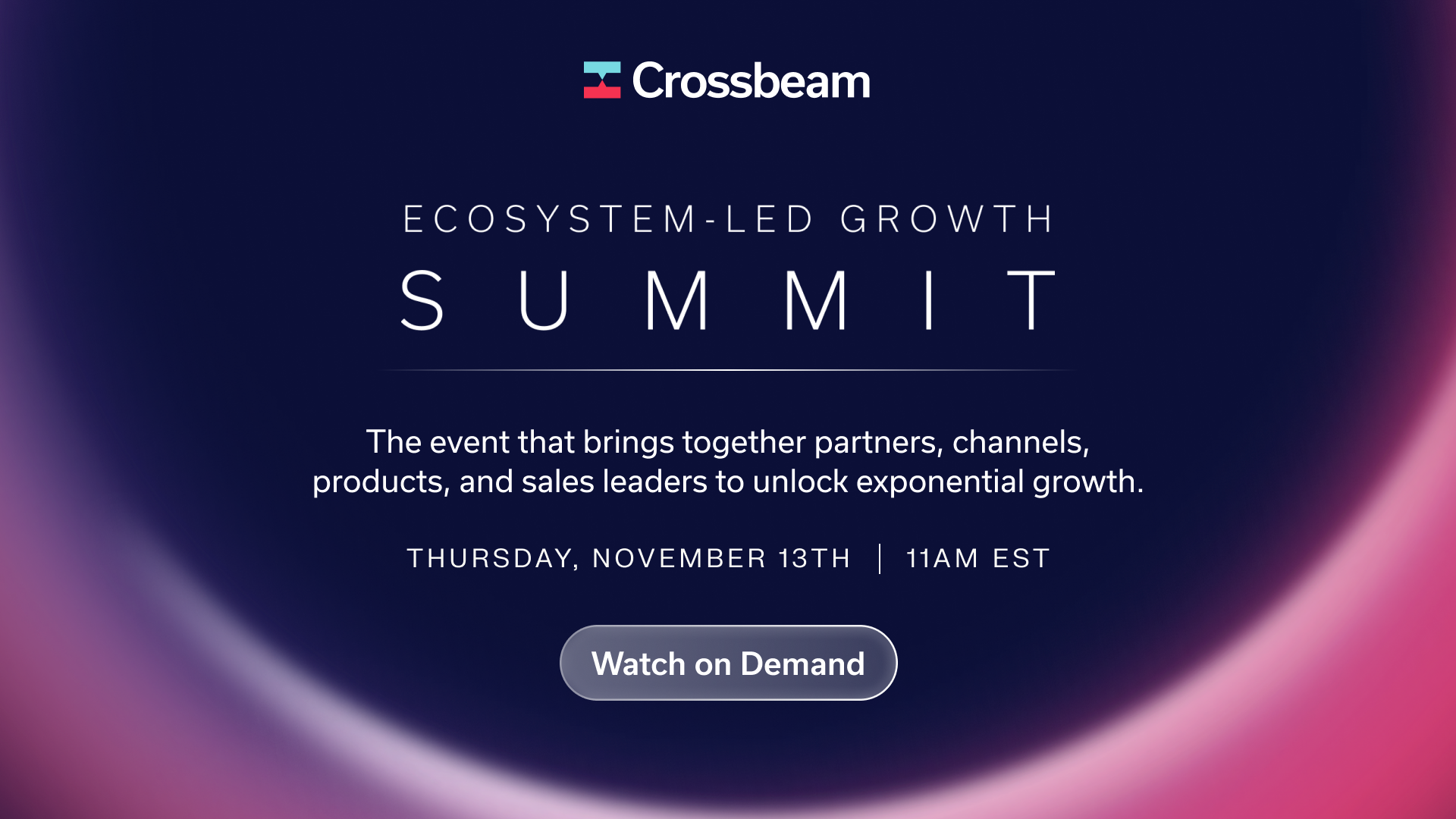





.png)
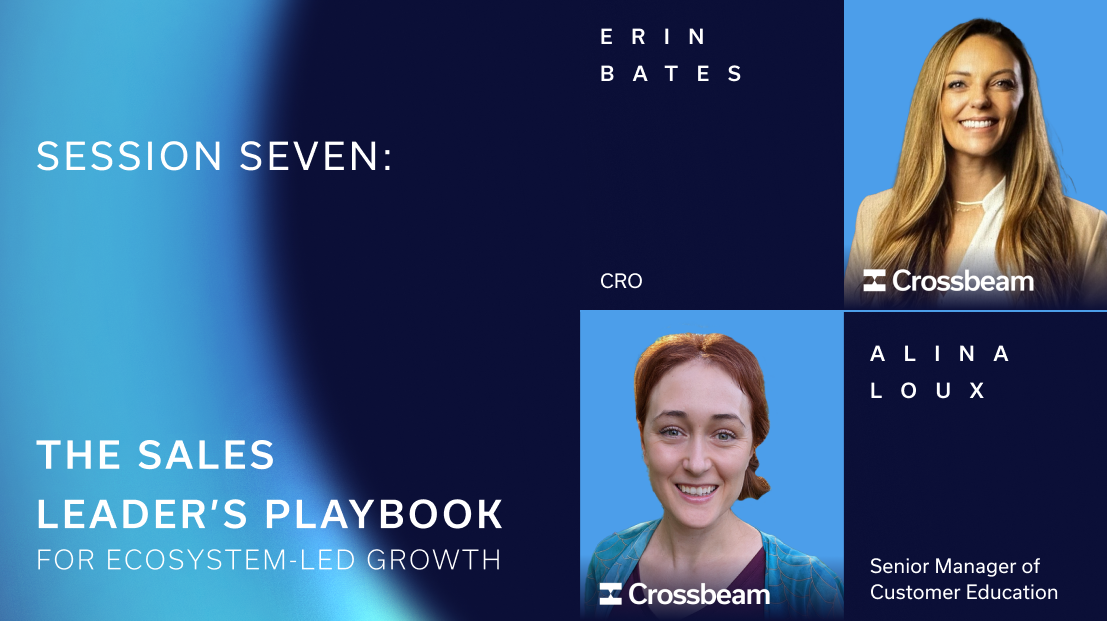














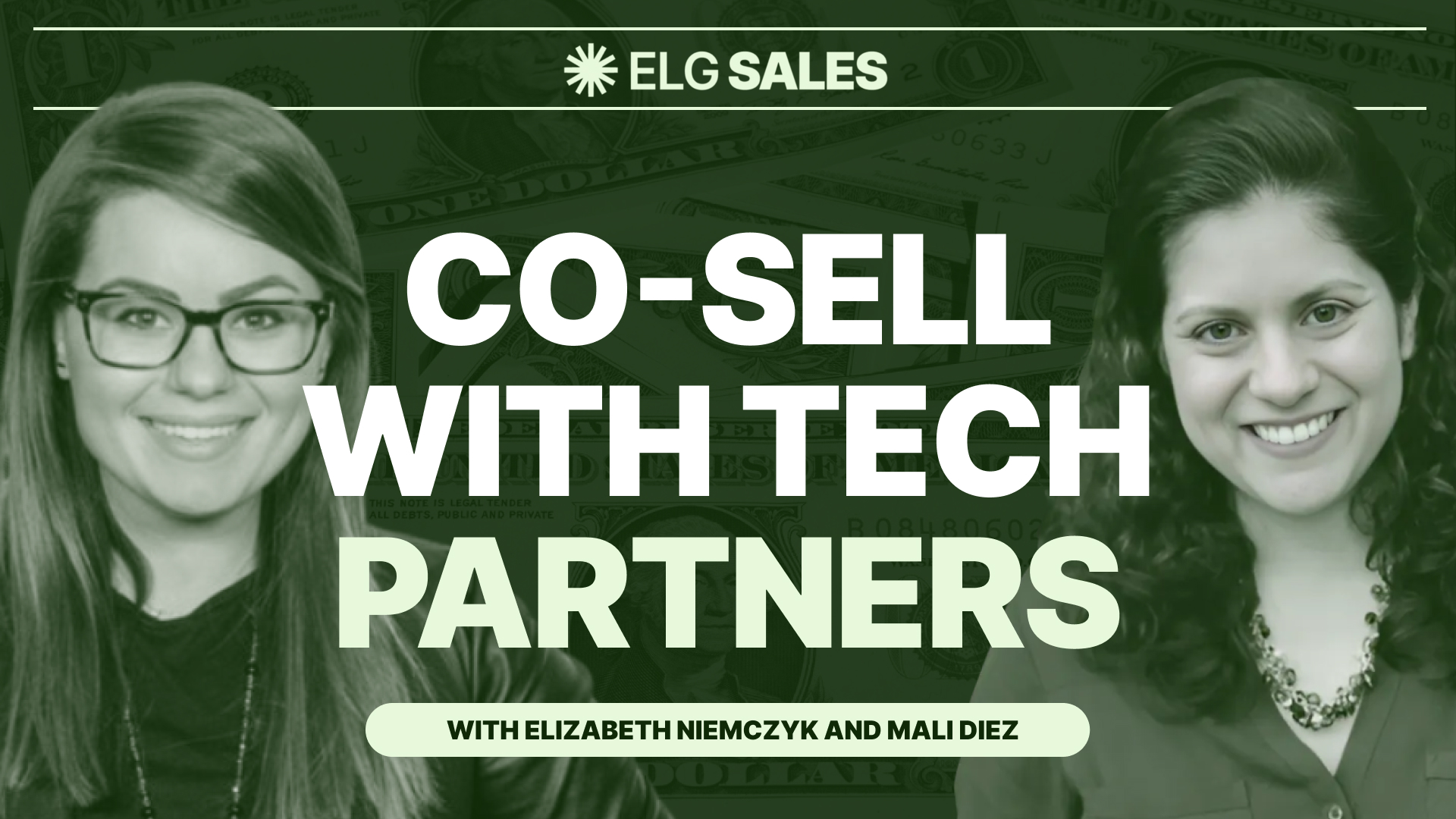

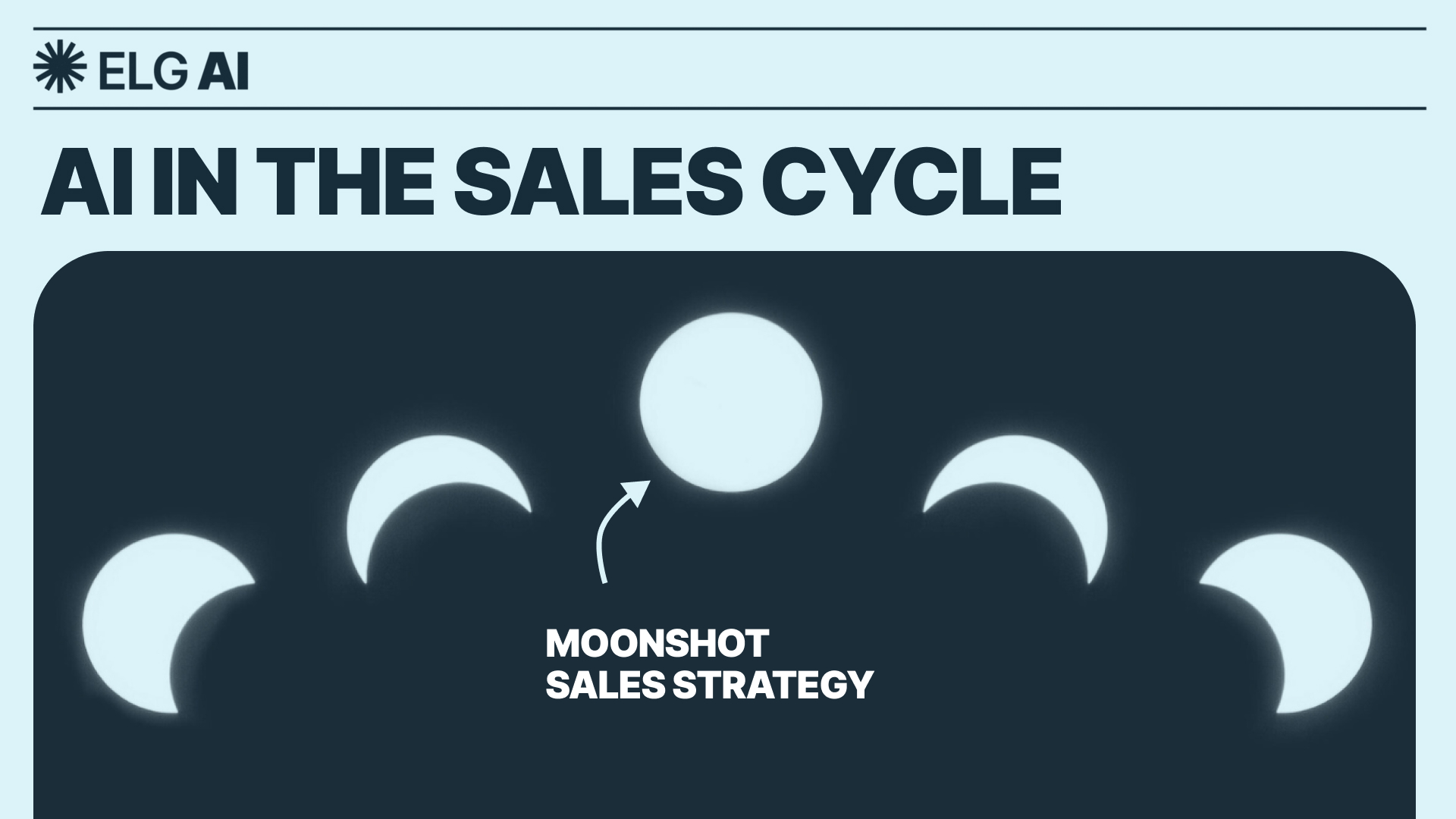










.jpg)




.png)



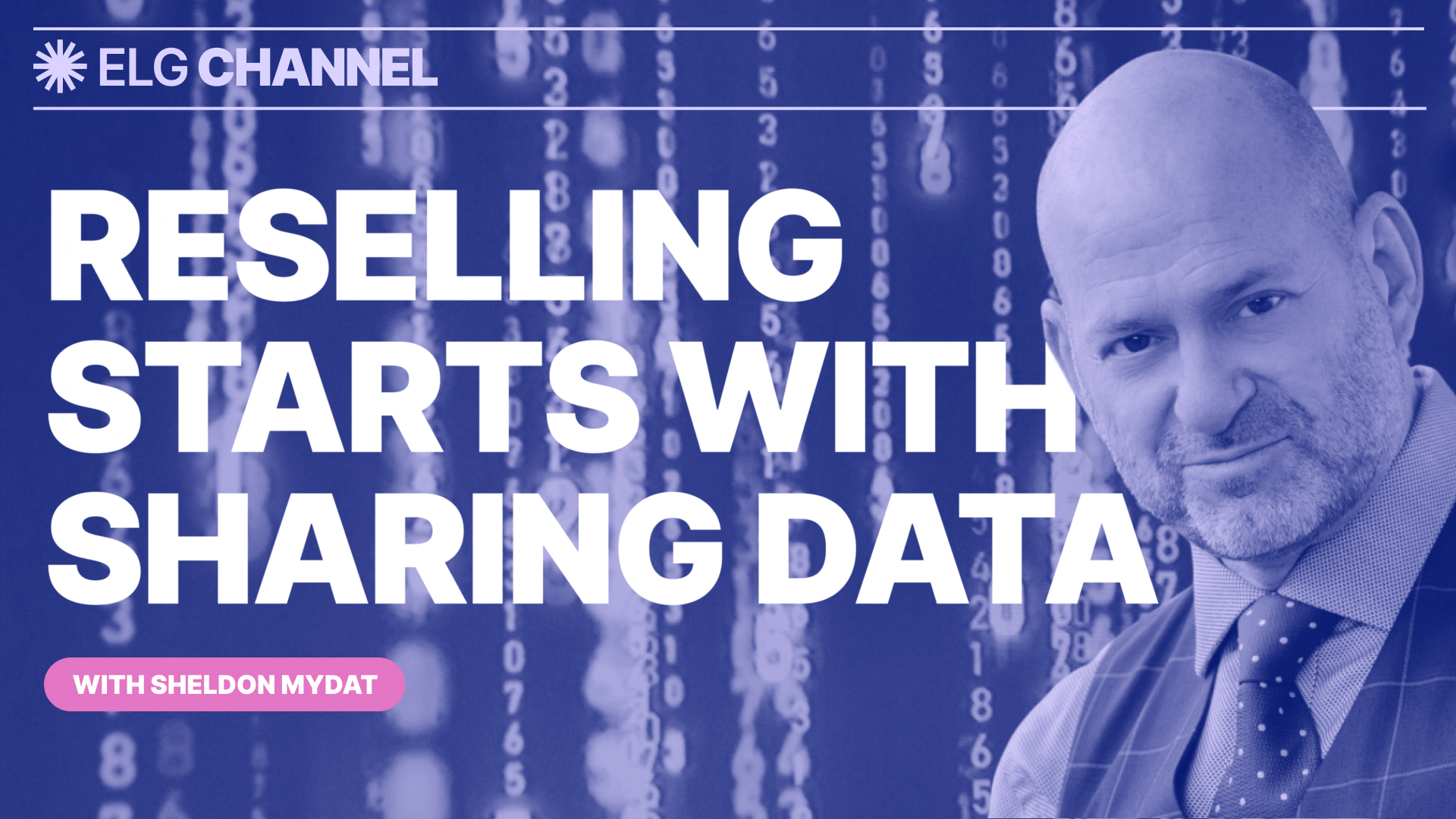


.jpg)





.jpg)

.webp)


















.webp)















